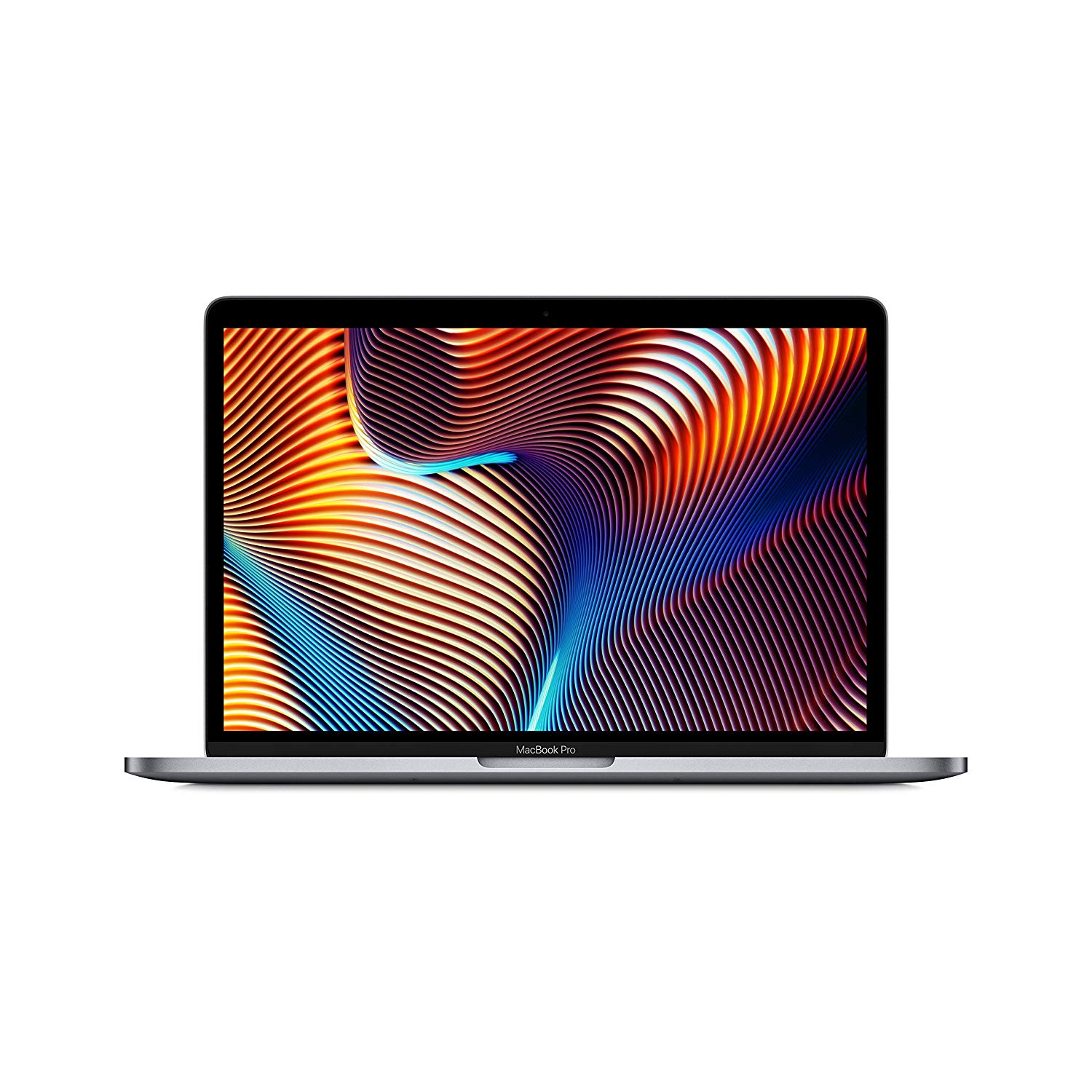

And the new MacBook Pro with the Apple Silicon M1 processor is much snappier when switching between views and zooming in Logic. I still got a MacBook Pro 15″ (2016 – Intel CPU) with the extra GFX card, 16GB RAM to compare with.

The user interface of Logic never felt so snappy and smooth. What first strike me is the fast boot of Logic Pro. Logic Pro 10.6 tested on Apple Silicon M1 MacBook Pro

It’s time to put the new Apple Silicon M1 to test with some real life Logic Pro 10.6 projects to see how the new processor performs. I got the brand new Apple Mac Book Pro 13″ M1 – 8GB RAM, 512GB SSD just a few days after its launch. The Logic Remote iOS app has also been updated to support some new features like Live Loops and Remix effects. Logic Pro 10.6 also has native support for the Novation Launchpads with tight integration.

Music producers working in Logic will instantly benefit the new M1 processor and probably see a huge boost in amount of plugins, CPU efficiency while working in Logic Pro. Note that Logic dropped the X from the title, and the new version is now Logic Pro. Yes, we can now run iOS apps on the Mac! Apple MacBook M1 specs overview Meet the new version of Logic Pro 10.6 which supports Apple M1 CPU Logic Pro 10.6Īpple announced the new Logic Pro 10.6 update in accordance with the new Apple M1 Macs. Below is an overview of the specs of the latest M1 powered MacBooks. But as a professional music producer you are probably working with external audio interfaces and condenser mics. The new Macs also include an improved three-way mic. Internal high quality three-way mic in the MacBook Apple – on it’s M1 Unified Memory Architecture And your entire system is more responsive. This dramatically improves performance and power efficiency. As a result, all of the technologies in the SoC can access the same data without copying it between multiple pools of memory. M1 unifies its high‑bandwidth, low‑latency memory into a single pool within a custom package. M1 also features our unified memory architecture, or UMA. Apple announced the new M1 Pro and M1 Max MacBook Pros on October 18 2021. The M1 is a system-on-a-chip (SoC) design that integrates an eight-core CPU, GPU and a 16-core Neural Engine, optimised for machine learning (ML) processes.īreaking News – Apple announced the even more powerful M1 Pro and M1 Max MacBook Pros 14″ and 16″ models. Initially Apple will release three new machines, the MacBook Air, MacBook Pro 13″ and the Mac mini which all feature the newly designated M1 chip. On November 17 2020, Apple launched three new ARM-powered computers, which is the first step in moving away from Intel CPUs to their own CPU design.


 0 kommentar(er)
0 kommentar(er)
